Petitenget Temple, located on Petitenget Beach in the popular tourist area of Seminyak, is a sanctuary nestled amidst the white sands and turquoise waves of the ocean. However, the beach itself attracts relatively few visitors due to its less pristine sand and frequent strong waves.
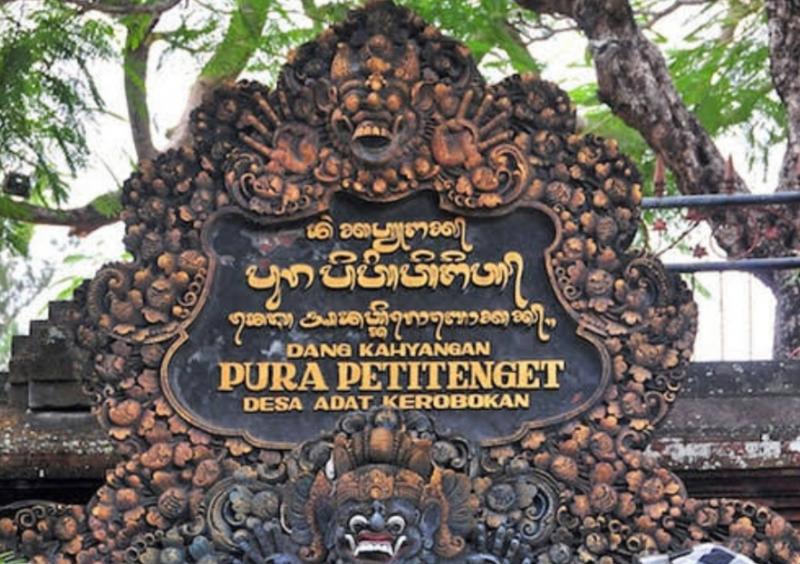
The Balinese are not always eager to showcase their most sacred temples, and Petitenget Temple is one such site. Unlike the famous Tanah Lot and Uluwatu temples, Petitenget remains relatively unknown to tourists.
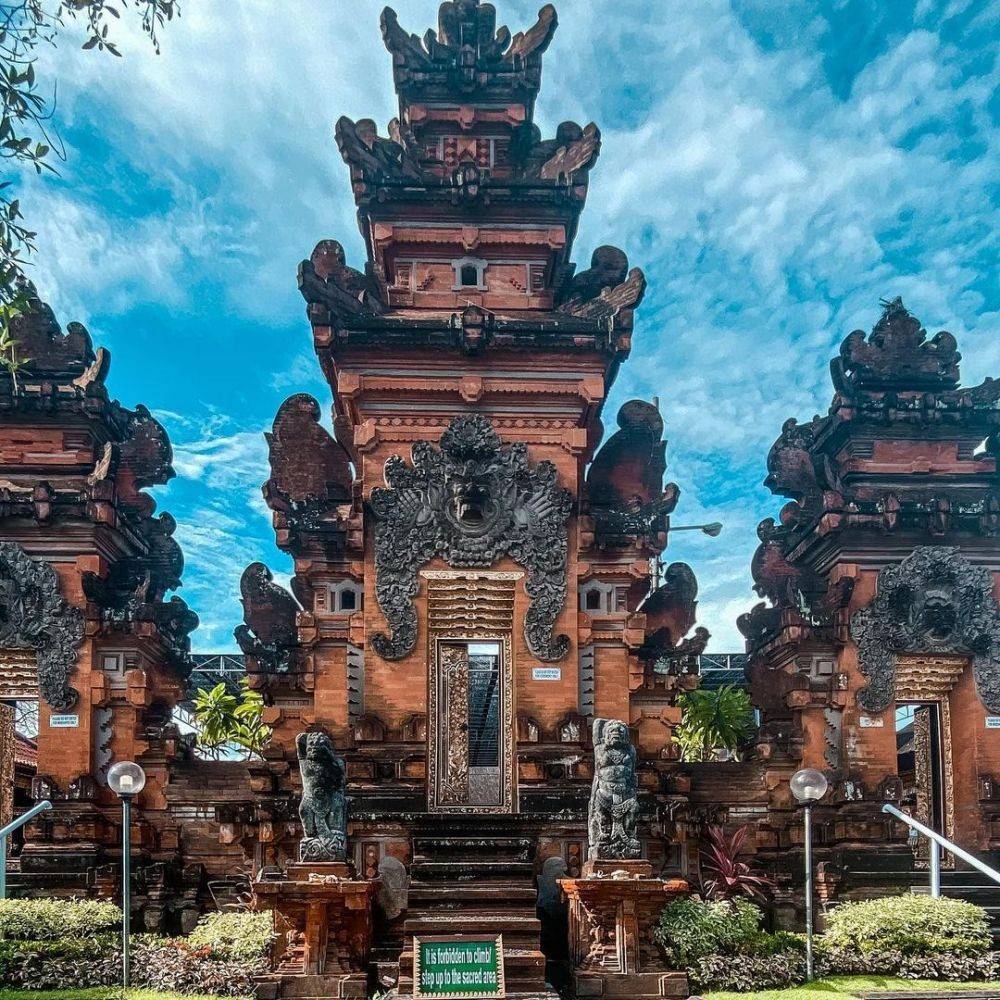
The Balinese hold their sacred sites in high regard, striving to preserve each one. Temples can be found not only in large cities but also in small villages. Pura Petitenget, located in Seminyak, exemplifies ancient Indonesian architecture, with its tiered decorations and high towers. Scholars believe that this religious structure was built as early as the 11th century.
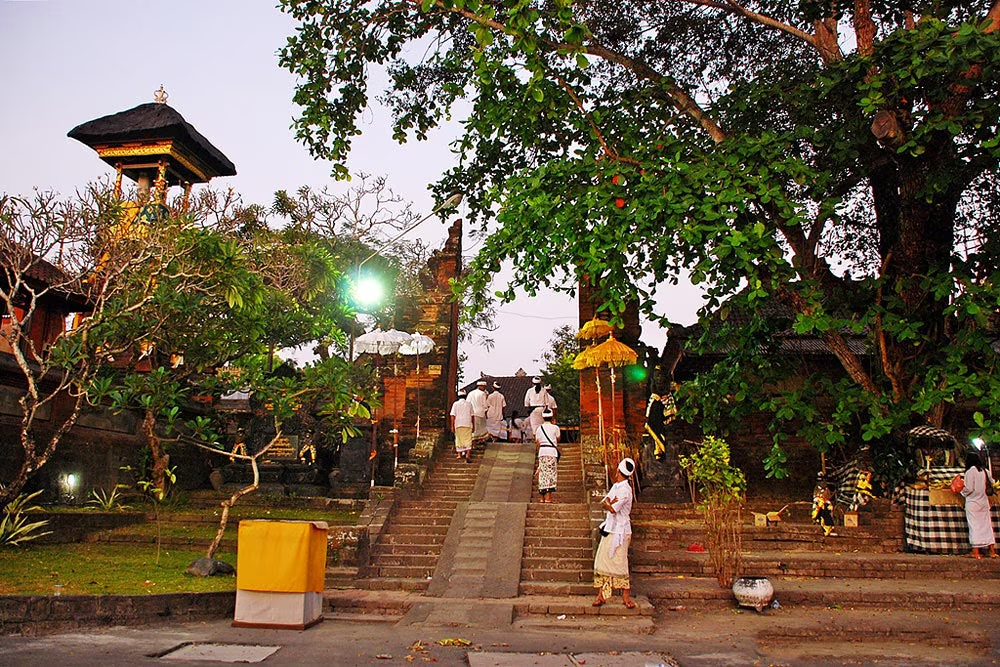
There are numerous stories about the temple's origin. One legend speaks of an evil spirit that once terrorized Seminyak, destroying everything in its path. After consulting a Buddhist authority, the locals were advised to build a temple to subdue the spirit. Since then, peace has prevailed, and the troublemaker disappeared. Today, the area is considered protected from evil.
Another version of the legend recounts a battle between a Balinese saint and a local spirit, known as "buta". The temple was built to commemorate the event and serve as a lesson for future generations.
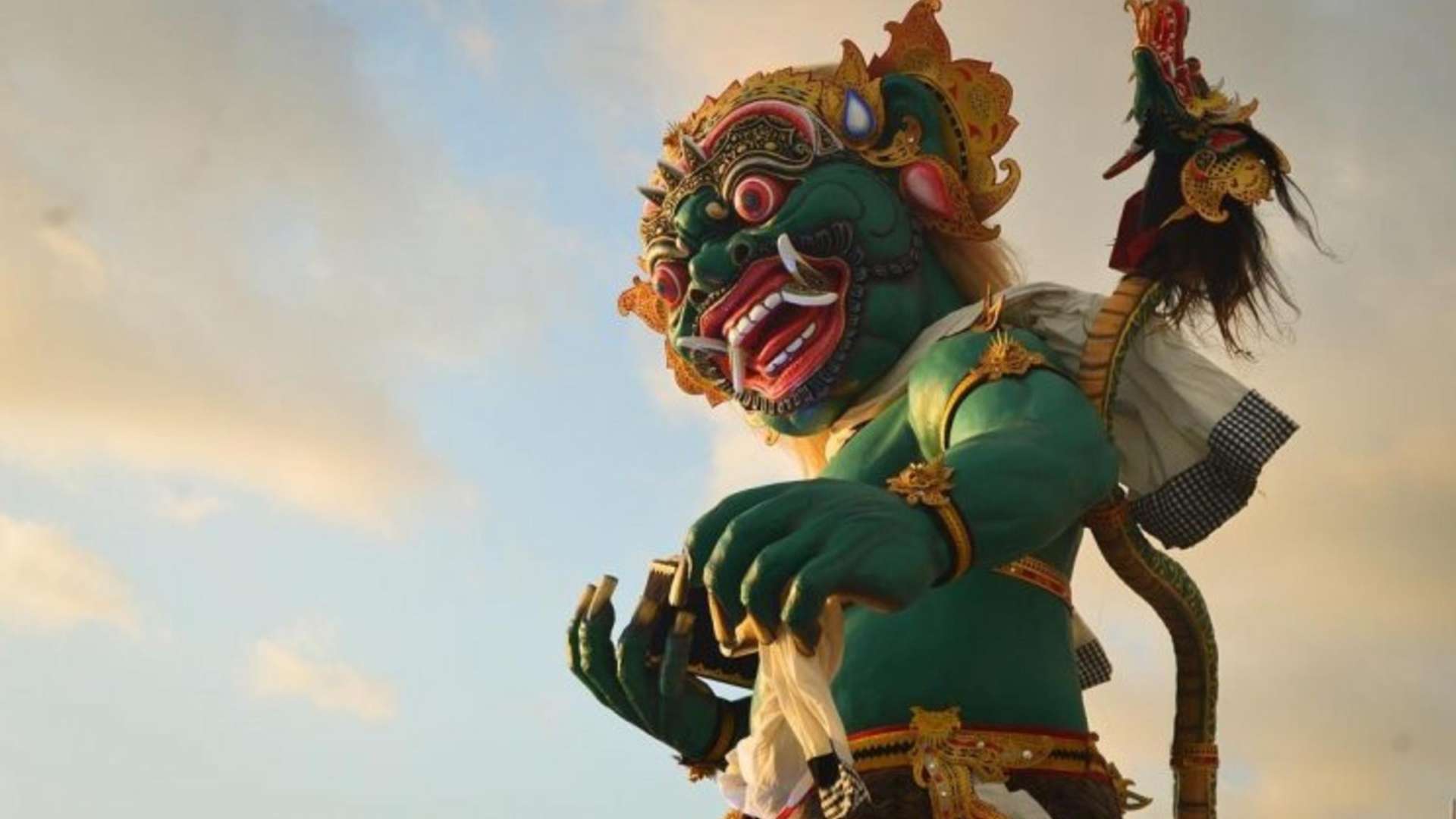
A third legend states that in the 11th century, nine temples were constructed on the island as “eyes of the wind,” protecting the Balinese from misfortune and natural calamities. Pura Petitenget is one of these temples.
The temple is also linked to the renowned religious figure Nirartha, who stopped here on his journey to Uluwatu. Nirartha, a Shaivite priest, was a poet, intellectual, miracle worker, and royal advisor sent by the Majapahit court to reform Balinese Hinduism. According to myths, he traveled from Java to Bali on a pumpkin, leading some Balinese Brahmins to avoid consuming pumpkins. Nirartha gifted a strand of his hair to a local king, which was placed in a temple and became a site of pilgrimage.
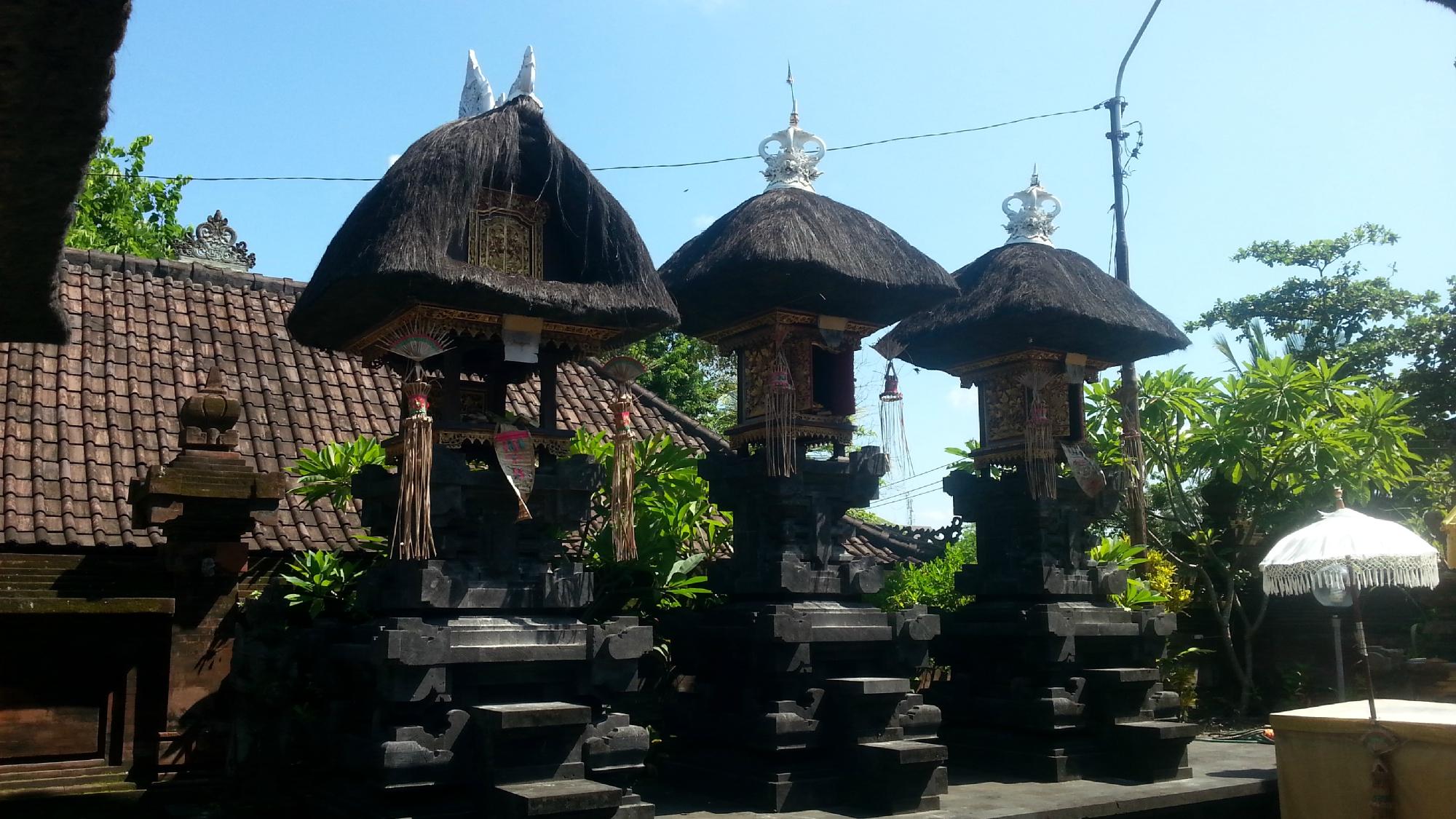
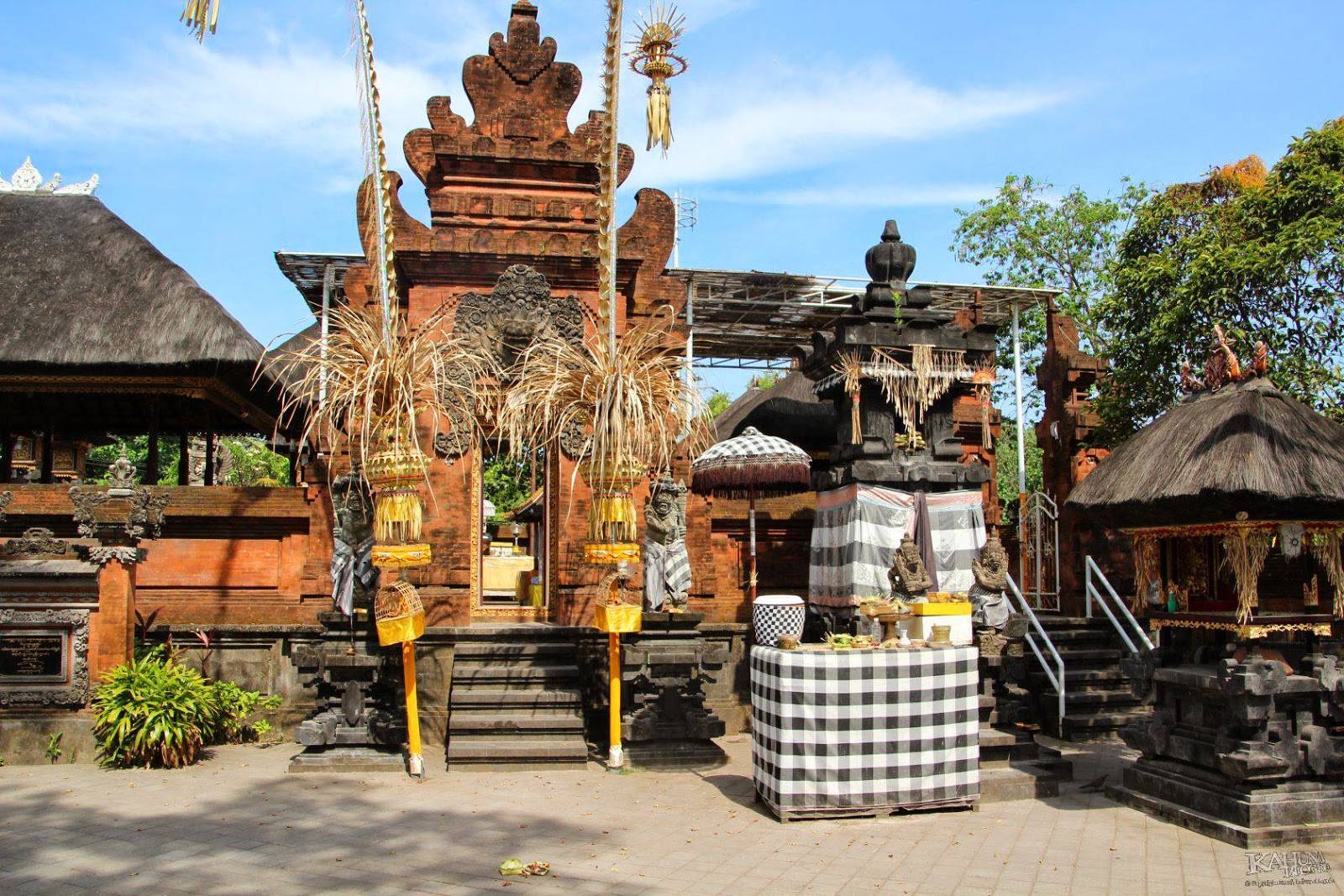
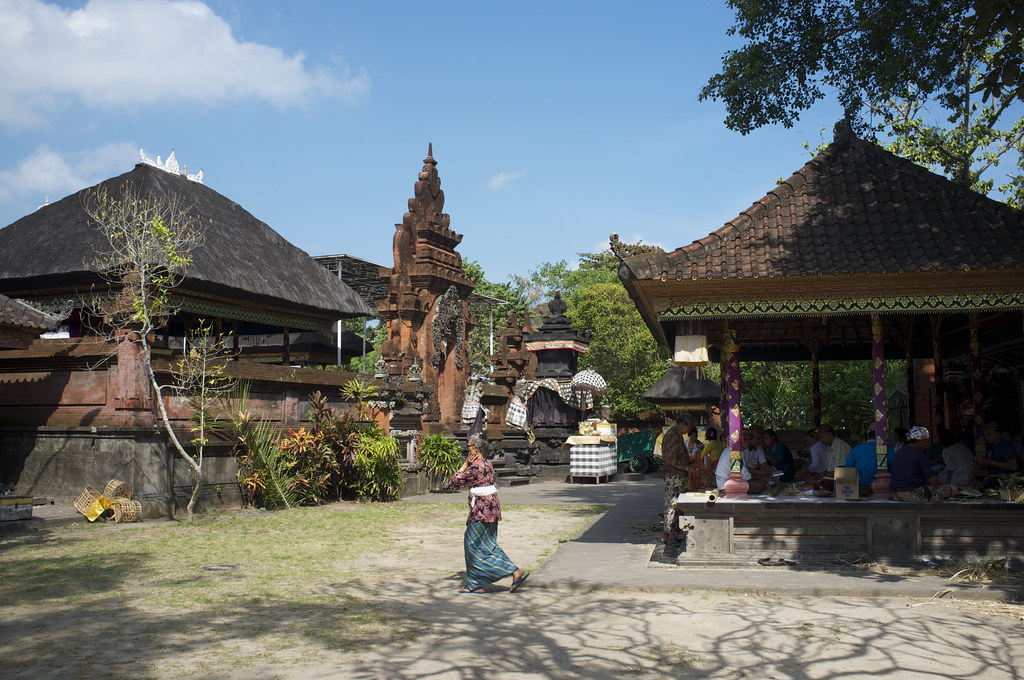
Petitenget Temple is also historically significant as the landing site of Cornelis Houtman, the first Dutchman to set foot on Bali in 1596. Sources describe him as a dreadful captain and an unsuccessful spy.
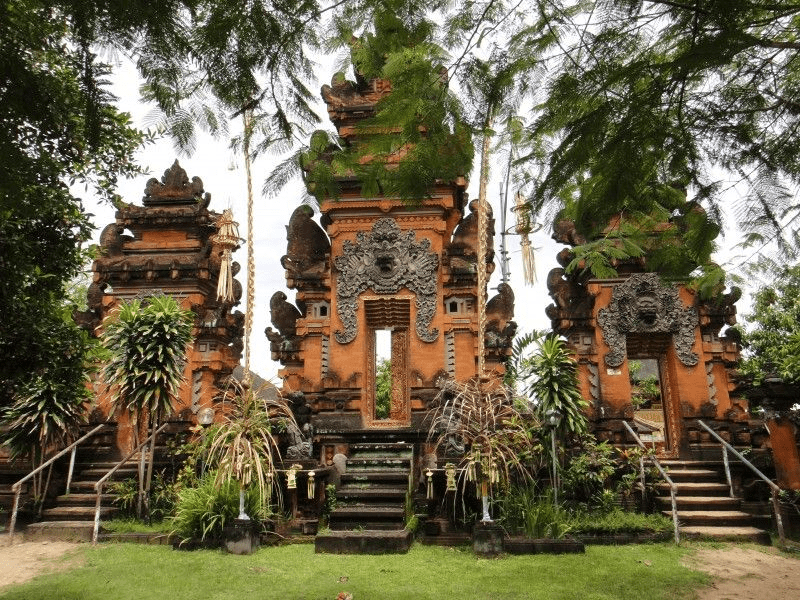
Today, the temple is surrounded by well-developed infrastructure, including restaurants, cafes, and modern accommodations. It is easily accessible by taxi or rented vehicle, and for those staying in Seminyak, it is a must-visit.
Pura Petitenget is open 24/7, though tourists are generally allowed only during daylight hours. The entrance fee is just 50,000 Indonesian rupiah. As with all Balinese temples, visitors are required to wear a sarong, which can be rented or purchased at the entrance. Staff will assist in properly tying it.